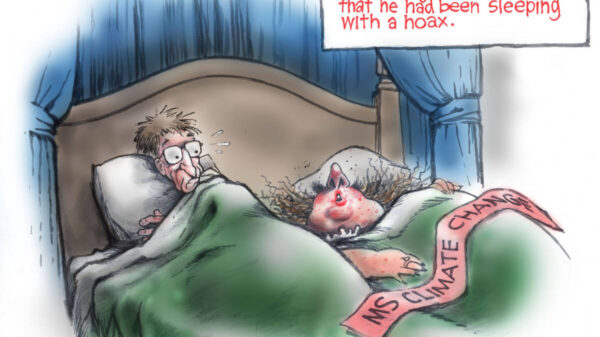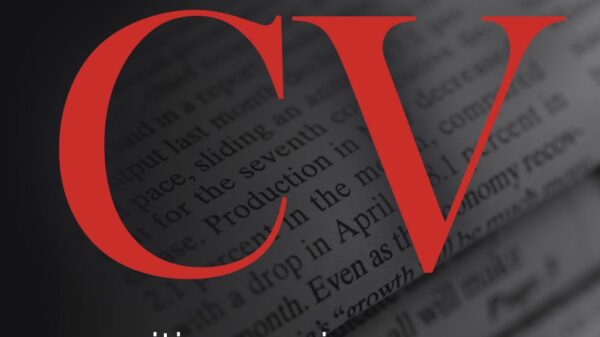UPDATE: Growth in the SaaS sector has stagnated for the past two years, prompting urgent calls for companies to take decisive action. Industry experts are urging businesses facing this decline to adopt bold strategies to reignite momentum and avoid long-term pitfalls.
Companies experiencing flatlining growth must first assess their product-market fit. Experts recommend speaking directly with satisfied customers to identify what they value most. Understanding customer needs can lead to the development of features that encourage higher spending, crucial for revitalizing growth.
Additionally, identifying a 2x advantage over competitors can shift focus back to what is already working. Companies should examine their customer base and target segments where they can assert dominance, even if these markets are not the most appealing. For instance, pursuing larger deals may be beneficial as they can counterbalance slower lead flow.
To address low morale after two years of decline, businesses are advised to bring in a new VP who can inject fresh energy and perspective into the team. Key hires should focus on achieving micro-milestones, such as increasing usage or hitting Net Revenue Retention (NRR) targets, to create a sense of accomplishment and drive.
If pricing hasn’t been reviewed recently, now is the time to experiment. Testing new tiers, usage-based pricing, or premium features can align revenue with the perceived value of the product. However, companies must tread carefully to avoid alienating existing customers.
Organizations are encouraged to explore new growth channels. If current avenues are exhausted, expanding into new verticals or launching partnerships can provide much-needed opportunities. It’s crucial, however, to execute these new strategies efficiently without overstretching resources.
Investing in customer onboarding and success teams is essential for driving NRR. Upselling and expanding existing accounts is often the fastest path to growth, especially when acquiring new customers slows down. Ensuring that customer success teams are well-resourced and incentivized is vital.
Cutting underperforming products, unprofitable customer segments, or bloated teams can help refocus resources on high-ROI areas. This lean approach allows businesses to reinvest effectively in growth opportunities.
In-person visits to customers can also yield valuable insights and potential growth strategies. Engaging directly with clients often reveals new paths forward that may have been overlooked.
Finally, companies mustn’t shy away from making bold moves. Whether launching a new product, acquiring another company, or pivoting business strategies, calculated risks can be the catalyst for breaking free from stagnation.
ACT NOW: The time for action is today. Businesses cannot afford to remain passive; they must initiate changes immediately. Whether by engaging with customers, testing new pricing strategies, or bringing in key leadership, taking proactive steps is crucial. Deceleration can only be sustained for a short period—after 15-18 months, the risk of failure increases significantly.
The bottom line is clear: to escape the grip of two years of linear growth, companies must embrace bold decisions and create a clear path toward revitalization. The stakes are high, and the time to act is now.







































































